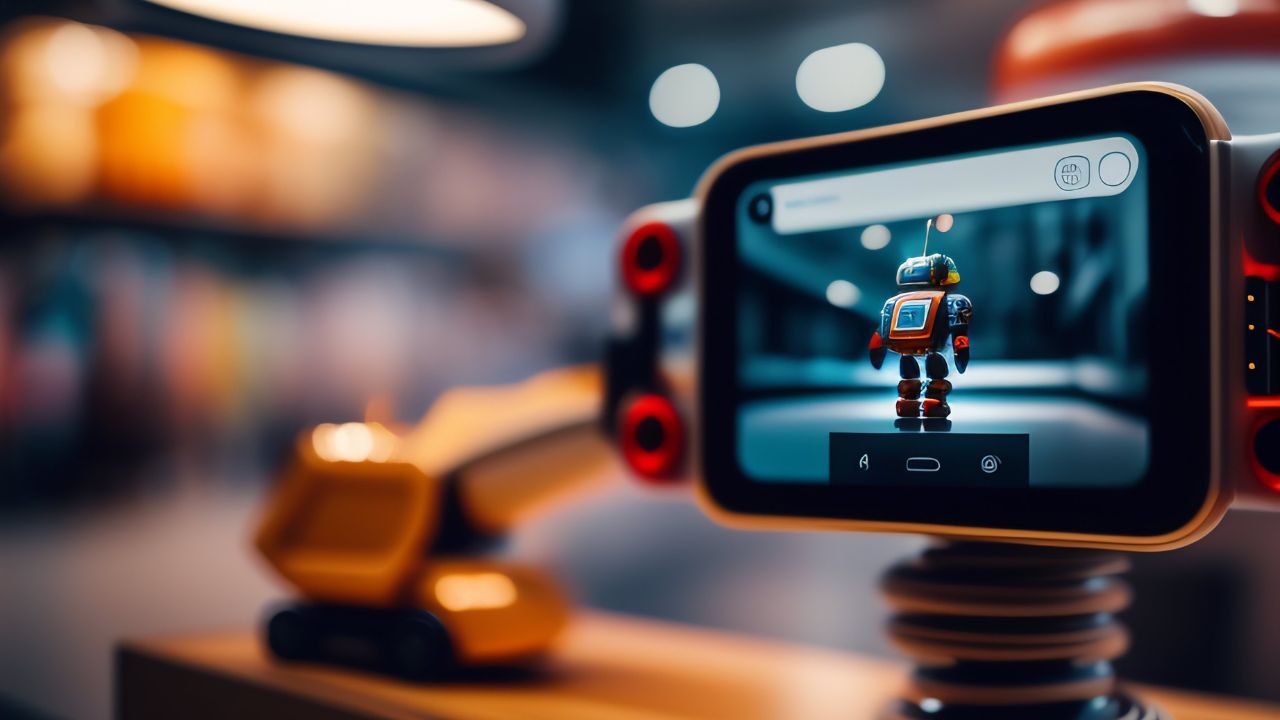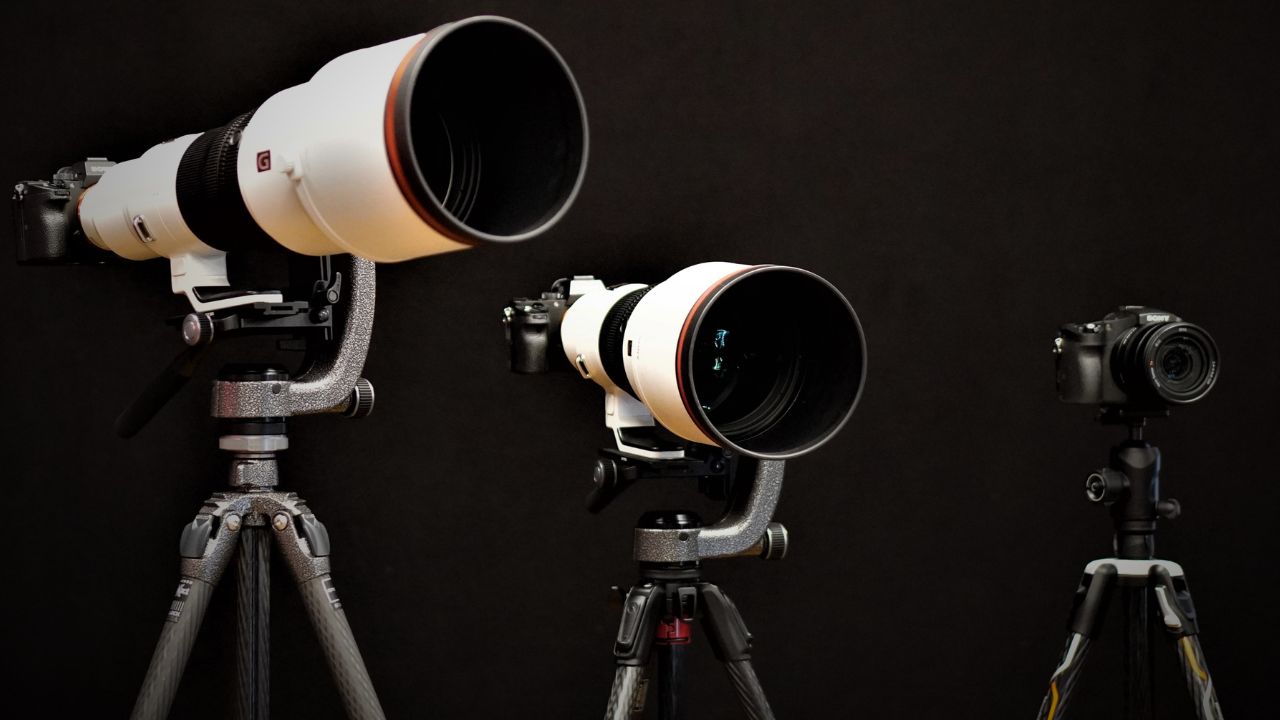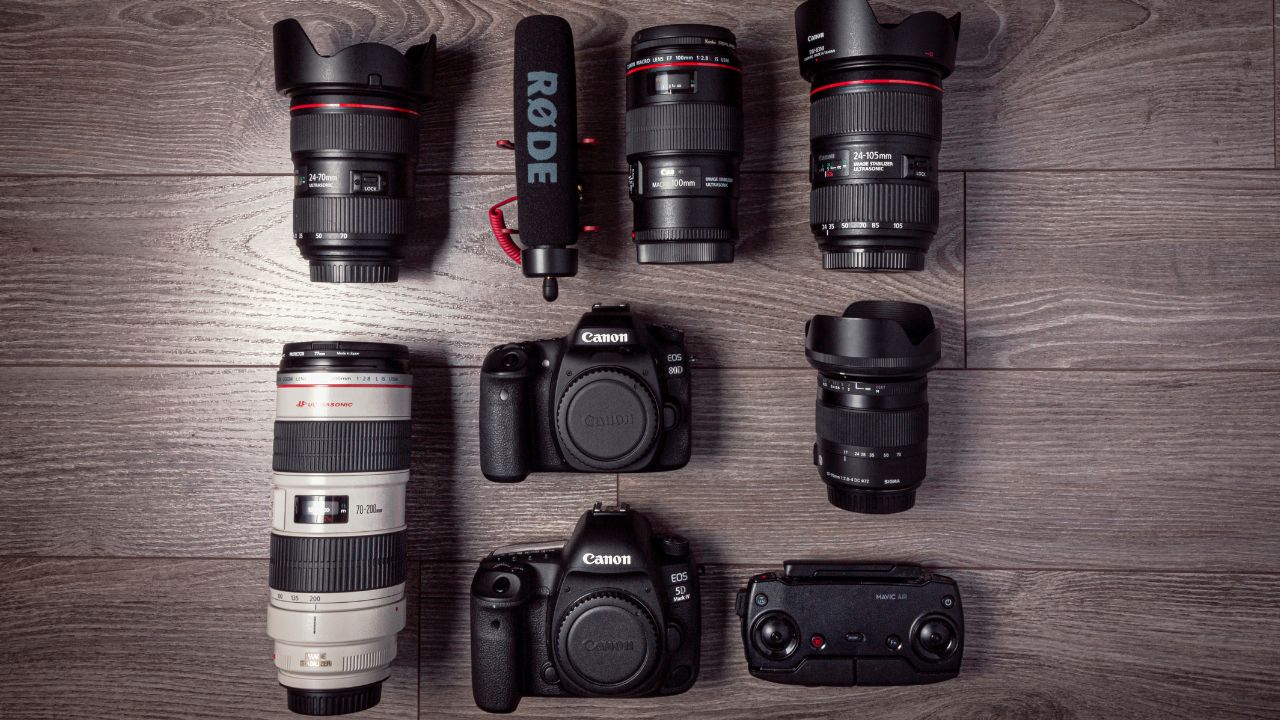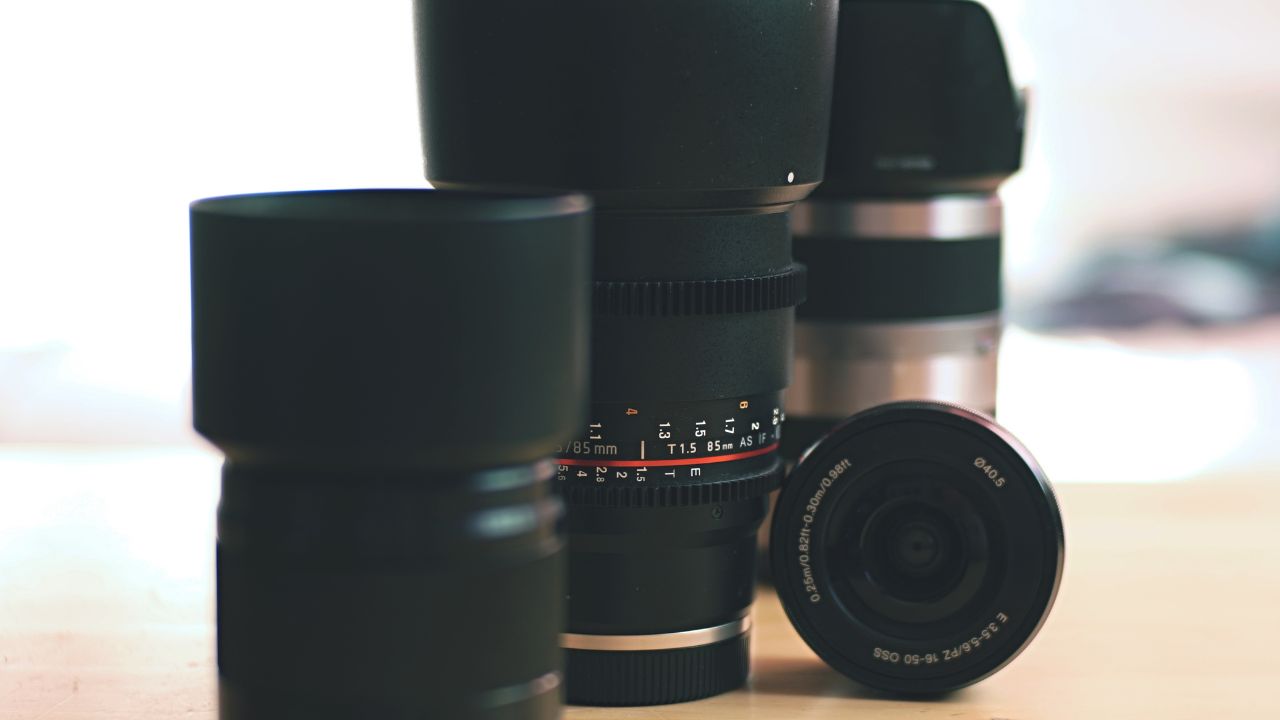DSLR cameras are incredibly versatile tools that have revolutionized the filmmaking industry. They provide filmmakers with the ability to capture high-quality, cinematic footage without having to spend a fortune on expensive equipment. However, in order to achieve professional-quality movie footage, it’s important to understand the various DSLR camera settings that can be utilized to optimize the camera for movie filming.
In this article, we’ll provide an in-depth guide to DSLR camera settings for professional movie filming techniques, including explanations of the various settings, tips for optimizing them, and examples of how they can be used in different filming scenarios.
- Understanding the Basics of DSLR Camera Settings for Movie Filming
Before we dive into the specific settings, it’s important to understand the basics of DSLR cameras and how they differ from traditional video cameras. DSLR cameras have larger image sensors, which allows for better depth of field and low-light performance. They also offer manual control over settings such as shutter speed, aperture, and ISO, which are crucial for achieving professional-looking movie footage.
- Shutter Speed Settings for Movie Filming
Shutter speed is the length of time that the camera’s shutter is open, allowing light to enter the camera and expose the sensor. For movie filming, the standard shutter speed is typically double the frame rate. For example, if you’re filming at 24 frames per second, you should set your shutter speed to 1/48th of a second. This will create natural-looking motion blur and prevent footage from appearing too choppy.
- Aperture Settings for Movie Filming
Aperture is the opening in the camera lens that controls the amount of light that enters the camera. It also affects the depth of field, which is the range of distance in the footage that appears in focus. For movie filming, it’s important to use a wide aperture (such as f/2.8 or lower) to create a shallow depth of field and achieve a cinematic look.
- ISO Settings for Movie Filming
ISO refers to the camera’s sensitivity to light. A higher ISO will make the camera more sensitive to light, which can be useful in low-light situations. However, increasing the ISO too much can result in a grainy or noisy image. For movie filming, it’s generally best to use a low ISO (such as 100 or 200) to maintain image quality.
- White Balance Settings for Movie Filming
White balance is the setting that adjusts the camera’s color temperature to match the lighting conditions of the scene. This can be done manually or automatically, but it’s important to get it right in order to avoid unnatural-looking colors. For movie filming, it’s best to set the white balance manually based on the lighting conditions of the scene.
- Picture Style Settings for Movie Filming
Picture styles refer to the camera’s preset settings for color, contrast, and sharpness. These can be adjusted to achieve a specific look or style in the footage. For movie filming, it’s best to use a flat or neutral picture style, which allows for greater flexibility in post-production.
- Focus Settings for Movie Filming
Achieving proper focus is crucial for capturing professional-looking movie footage. DSLR cameras offer manual focus controls, which allow for precise control over the focus point. It’s important to use a follow focus or other focus pulling device to ensure that the focus remains sharp throughout the shot.
- Sound Settings for Movie Filming
While DSLR cameras are primarily designed for capturing video, they can also be used to capture audio. However, the built-in microphone is often of low quality, so it’s important to use an external microphone or audio recorder for better sound quality.
- Movement Settings for Movie Filming
DSLR cameras offer a variety of movement settings that can be used to achieve different types of shots. For example, the camera’s stabilization setting can be used to stabilize handheld shots, while the camera’s tracking setting can be used to smoothly track a moving subject.
- Lighting Settings for Movie Filming
Lighting is a critical aspect of movie filming, and DSLR cameras offer a variety of settings that can be used to optimize lighting conditions. For example, the camera’s exposure setting can be used to adjust the overall brightness of the shot, while the camera’s flash setting can be used to add additional light to the scene.
- Shooting Modes for Movie Filming
DSLR cameras offer a variety of shooting modes that can be used to achieve different types of shots. For example, the camera’s manual mode allows for complete control over all settings, while the camera’s automatic mode can be used to quickly capture footage without having to worry about settings.
- Composition for Movie Filming
Composition is an important aspect of movie filming, and DSLR cameras offer a variety of settings that can be used to achieve different types of compositions. For example, the camera’s grid setting can be used to align the shot properly, while the camera’s framing setting can be used to adjust the framing of the shot.
- Post-Processing for Movie Filming
Post-processing is a critical aspect of movie filming, and DSLR cameras offer a variety of settings that can be used to optimize the footage in post-production. For example, the camera’s color grading setting can be used to adjust the color of the footage, while the camera’s contrast setting can be used to adjust the contrast of the footage.
- Best Practices for DSLR Camera Settings for Movie Filming
In order to achieve professional-looking movie footage, it’s important to follow best practices when it comes to DSLR camera settings. These include using a tripod or other stabilization device, shooting in manual mode, using a neutral picture style, and properly adjusting focus and white balance.
- Examples of DSLR Camera Settings for Movie Filming
To provide a better understanding of how DSLR camera settings can be used to achieve professional-looking movie footage, we’ll provide examples of settings for different types of shots, including action shots, low-light shots, and portrait shots.
Conclusion:
DSLR cameras offer a variety of settings that can be used to optimize the camera for movie filming. By understanding the basics of DSLR camera settings and following best practices, it’s possible to achieve professional-looking movie footage without having to spend a fortune on expensive equipment. By using the tips and techniques outlined in this guide, you’ll be able to take your movie filming to the next level and create stunning, cinematic footage that will captivate your audience.



